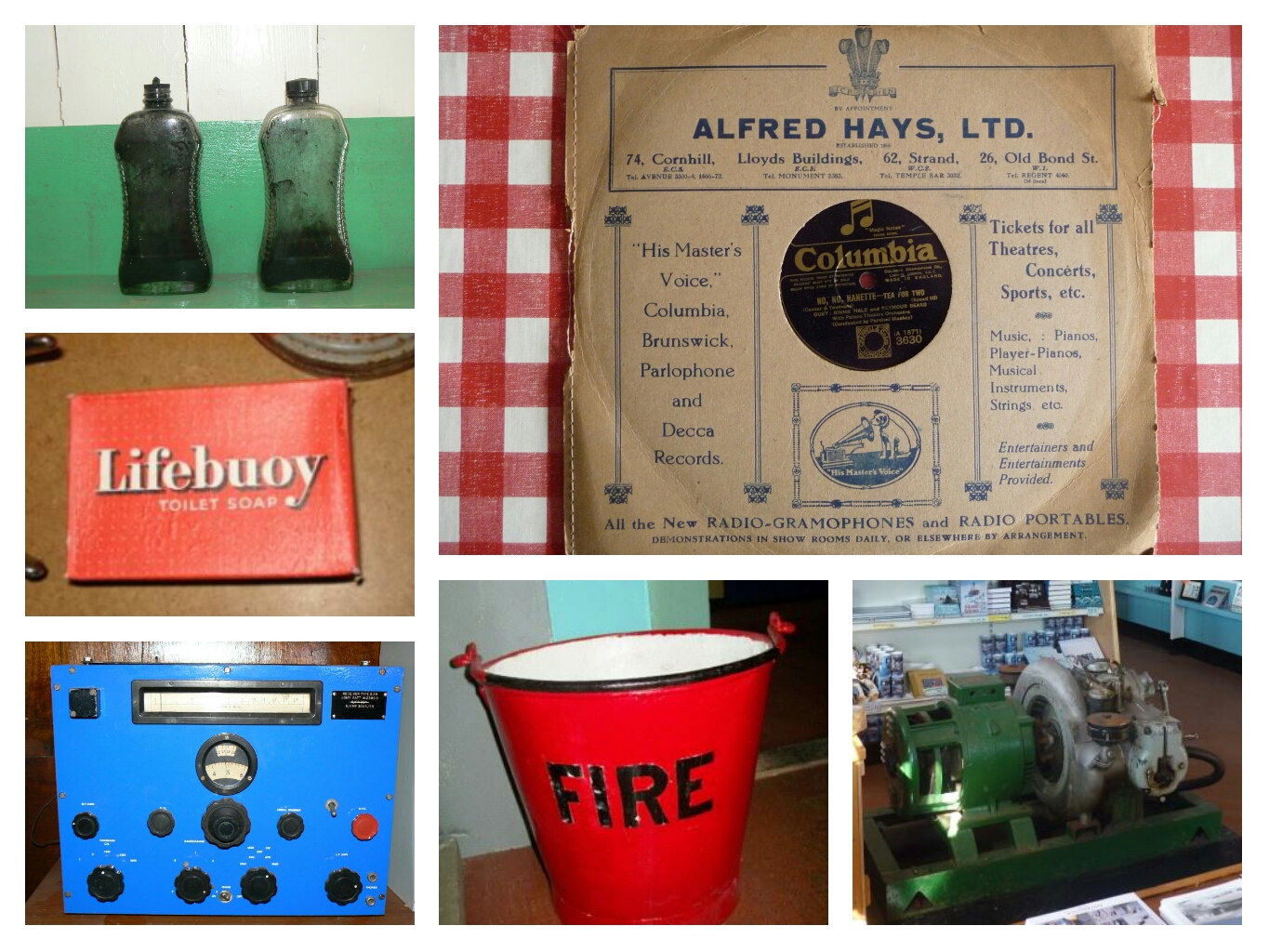A couple of weeks ago, the Polar Museum held its first touch tour for people with visual impairments. This was a subject particularly dear to my own heart: my own son is registered blind and I’ve become increasingly aware that museums are not always the most accessible places for blind and visually impaired visitors. But it’s also interesting to me because it ties in with a current dilemma for museum conservators: balancing access to the collections with preservation.
Several weeks before the tour, Sophie, Rosie and I went down to our stores to look for suitable objects. We were looking for things that were robust enough to be handled, that had enough tactile detail to be interesting to people with little or no vision, and that told the story of the polar regions and the people who have lived and worked there. Here’s what we came up with:
Our objects fell into two groups: items related to polar art and crafts (Inuit sculpture and carved scrimshaw), and items related to survival and everyday life (including boots and a primus stove used on the Terra Nova expedition). We tried to cover a wide range of themes: Arctic and Antarctic, exploration and science, domestic life, art and crafts, objects old and new, different materials, textures and sizes … all in just seven objects! We also made sure that we had plenty of items available from our education handling collections, including a full suit of modern polar clothing:
We were very lucky to have two conservation interns (Ronja and Megan) and three brilliant volunteers (Alex, Lenny and Claire) helping out, so we ended up with a team of ten people in all. A week beforehand, we got together to plan the tour. An important part of that was training: Rosie showed us how to support visually impaired visitors to the museum, and we all took turns to guide blindfolded colleagues around the museum. It was a very illuminating experience to be in a familiar space but without sight, and also to think about kinds of information are useful to visitors who cannot see the objects.
We then tried out some blindfolded handling. Here are Sophie and me presenting some objects to Willow and Alex … and then having a turn on the other side of the table:
We also tried out a tour of our outdoor sculptures, many of which are gorgeously tactile – and one of which encourages some rather “intimate” encounters:
After that, we were ready for the touch tours! We had about 15 visitors over two sessions, and they all had a chance to handle several objects and to talk to conservators, collections staff and volunteers at the Polar Museum. One of the most popular objects was an Inuit carving called Unexplainable Joy of Becoming Grandparents:
Although the sculpture is mainly made from serpentine, the faces are inlaid in reindeer antler. The tactile contrast between the cool, smooth stone and the warm, slightly ridged antler is wonderful. The subject (the bond between grandparents and their grandchildren) is also a universal one and led to interesting discussions and recollections from the visitors.
We all really enjoyed putting together our first touch tour of the Polar Museum collections, and look forward to running more next year – watch this space!
Christina

 Scott Polar Research Institute
Scott Polar Research Institute



































































